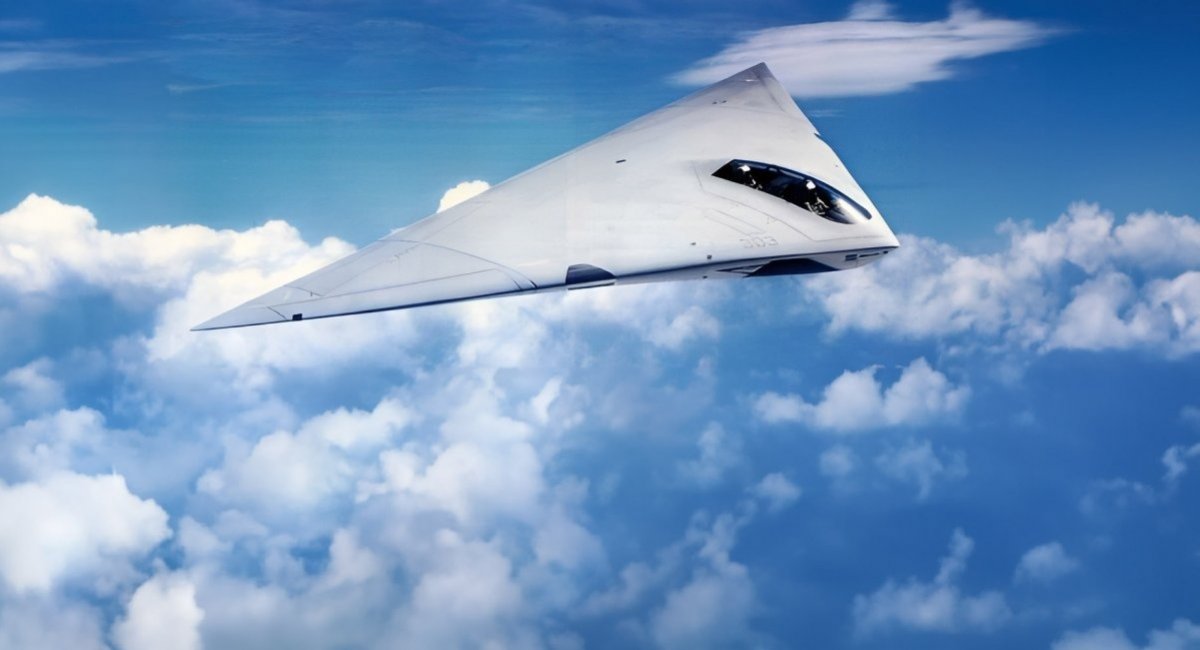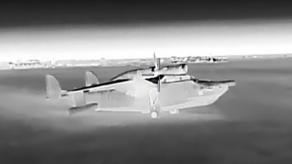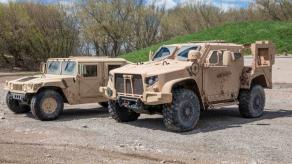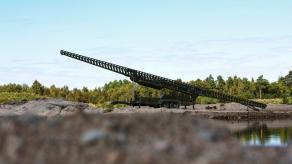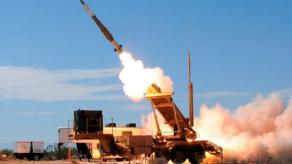The public disclosure of a new aircraft, most likely the JH-XX multirole fighter, in the skies of China was a truly unexpected surprise. Especially considering that it happened on the same day as they took another barely known project, the J-50 fighter, for a demonstrative flight.
Knowing China's weapons development tradition tends to be looking for inspiration in foreign projects, we could find a few likely references that Chinese designers of the JH-XX from Chengdu Aircraft Industry Group could have borrowed ideas from. Apparently, China decided to do what the USA could not implement at some point in history, namely the A-12 Avenger project.
Read more: China Raises Two New-Type Aircraft J-50 and JH-XX For a Flight (Video)
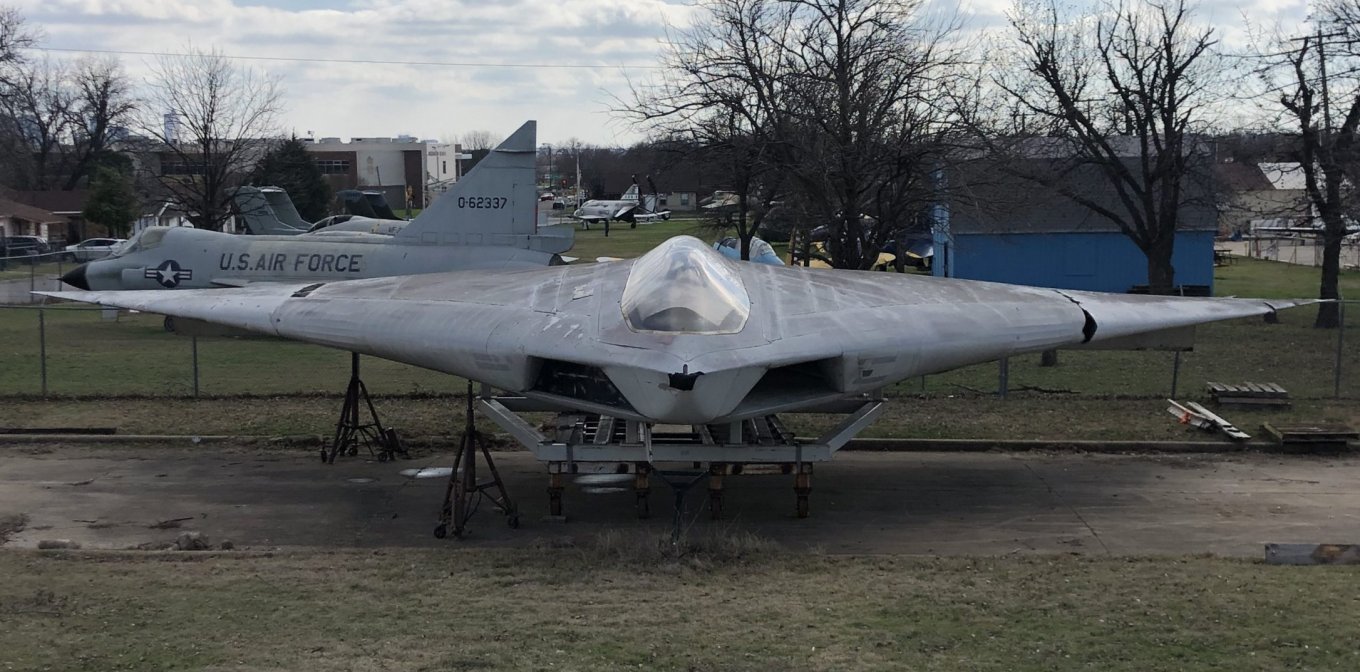
The A-12 Avenger was developed as part of the Advanced Tactical Aircraft (ATA) program, initiated by the Pentagon in 1983 with the aim of creating a replacement for the A-6 Intruder attack aircraft. Chronologically, the project started just two years after the beginning of the Advanced Tactical Fighter, a program that would create the F-22 fifth-generation fighter.
The Avenger was supposed to handle quite a demanding range of missions: to penetrate air defenses deep inside the enemy's territory utilizing its low visibility and high combat radius, and most importantly, to do it from an aircraft carrier. Only the fact it needed not to achieve supersonic speeds made the engineers' task a little bit easier.
In comparison, the JH-XX is definitely not a carrier-based bomber, at least in this version, but for China this requirement is not critical. But from the moment this novelty was noticed in the air, its appearance just screamed about the ability to penetrate deep into the hostile airspace. For this very reason, they even discarded the vertical stabilizer. The Chinese aircraft also reportedly can reach supersonic cruising speed.
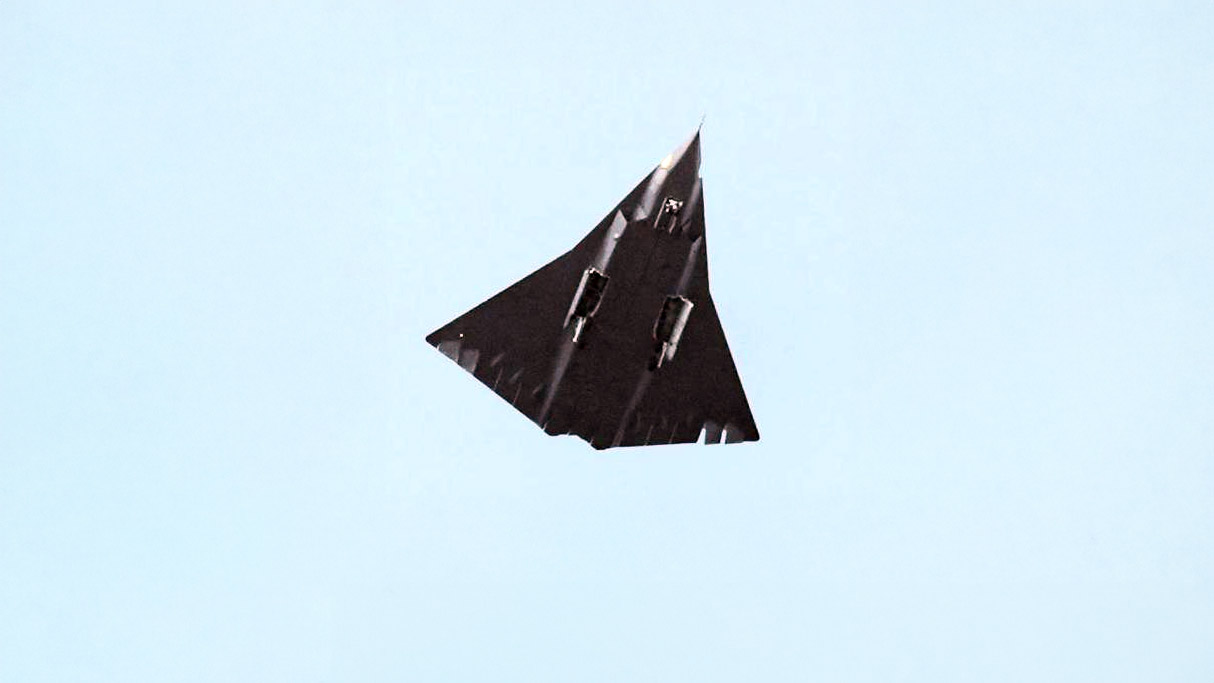
The combat radius of the JH-XX might reach a fantastic 3,000 km. For China, this is to some extent a sacred distance from the coast to Guam, where a super-powerful U.S. air base is located. The A-12 Avenger, of course, wasn't close enough to not achieve this parameter, nor it could carry a large amount of weapons, which is attributed to the JH-XX — 10 tons, compared to the American 1980s' project with 2.3 tons of payload capacity.
Although all the known specifications of JH-XX are currently something in between Chinese propaganda and observers' assumptions, it is quite possible that China was trying to replicate the combat capabilities of the F-15EX. This flying arsenal of a jet has 12 suspension points (extending to 23 with multi-point pylons) and can carry 13.4 tons of weapons. It allows the F-15EX to be a real "dispenser" of missiles and bombs performing several missions in one flight.

China seemingly tried to create something similar. Though it went an extra mile with the JH-XX and embodied the same idea of an ammo dispenser, but added high stealth and supersonic cruising speed. With this, the Chinese aircraft technically beats the F-15EX.
All in all, everything we know so far points to the conclusion that China is now at least half a step ahead of the United States in this field. Because the U.S. is afraid that they simply won't financially pull out the NGAD heavy fighter project, having put the development on pause and still arguing about its concept.
Read more: Crimea Becomes a Strategic Nightmare for russia, Ukrainian Forces Strike Key Arteries



